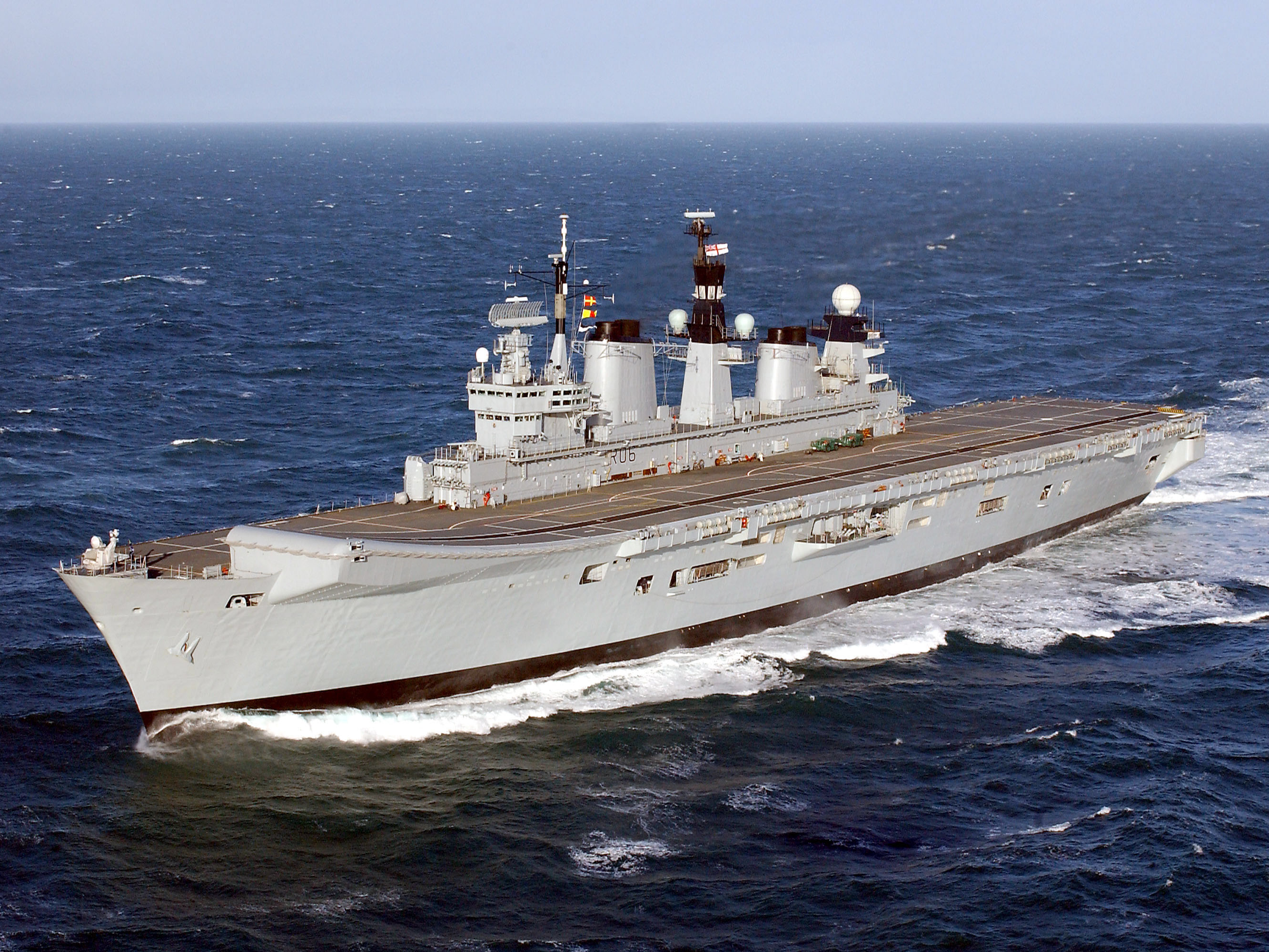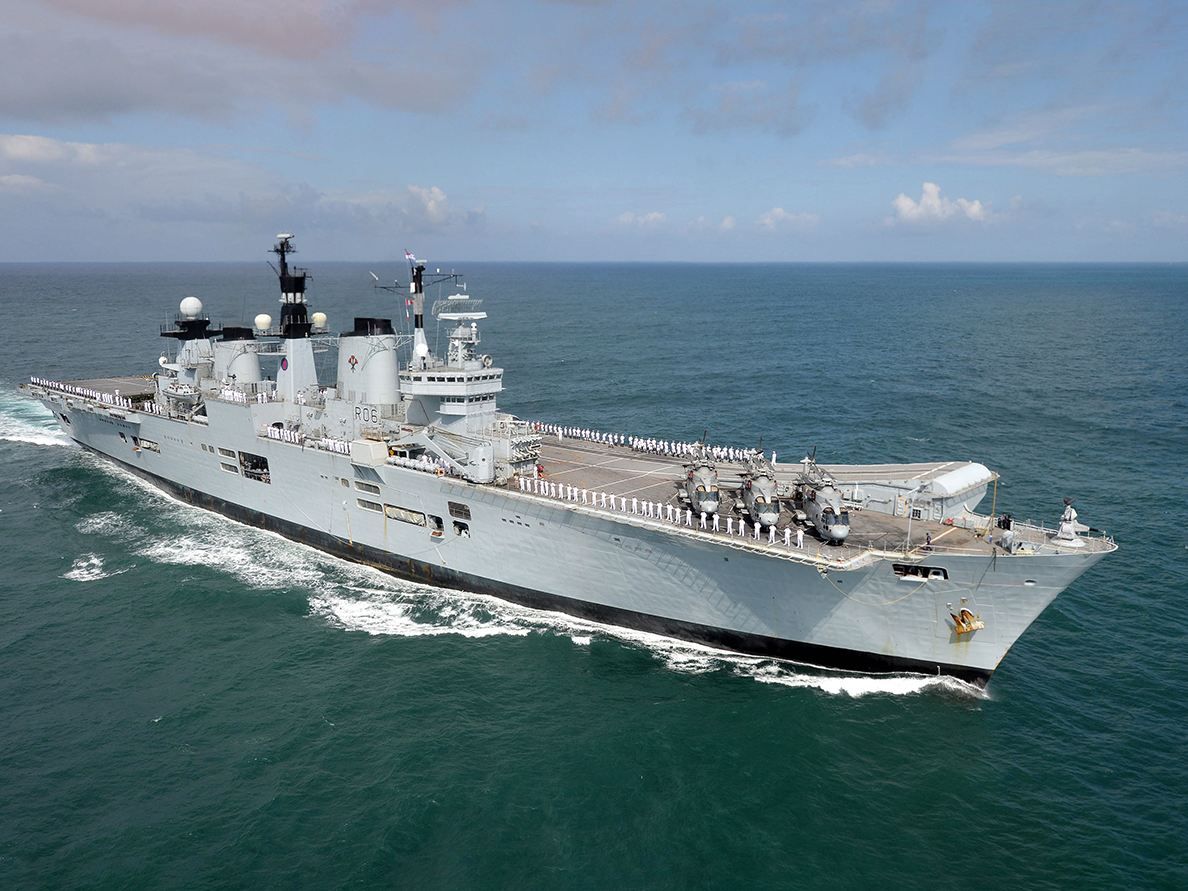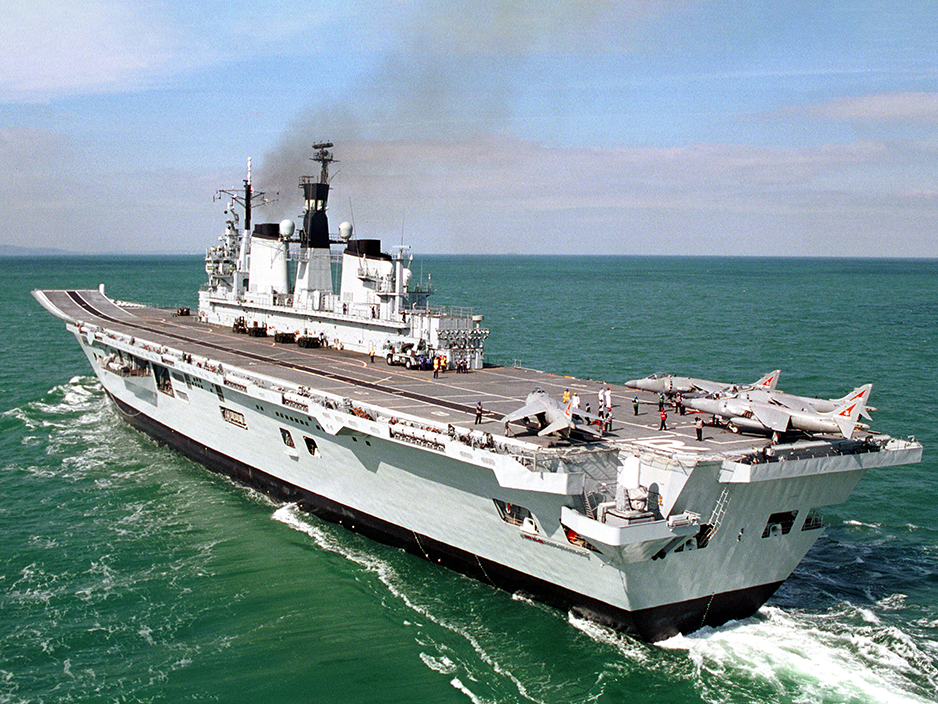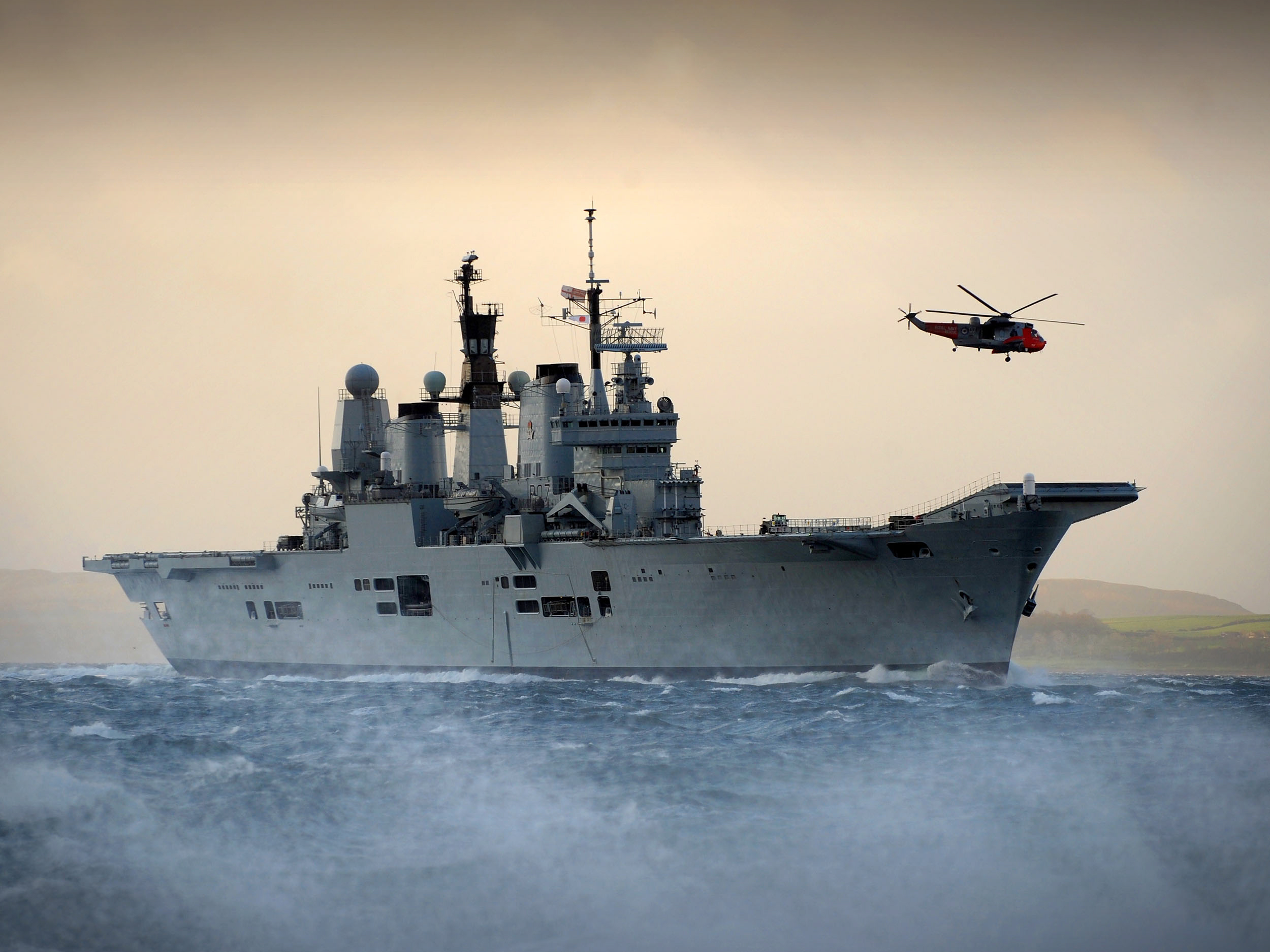Royal Navy Invincible Class Aircraft Carriers: A Comprehensive Guide
Introduction
The Invincible class aircraft carriers were the centrepiece of the Royal Navy during the latter half of the twentieth century. Designed in the Cold War as anti-submarine warfare carriers and later adapted to operate vertical/short take-off and landing (V/STOL) aircraft, they became some of the most versatile and recognisable warships in modern British naval history. The class consisted of three ships, HMS Invincible, HMS Illustrious and HMS Ark Royal, all of which played major roles in global operations, from the Falklands War to humanitarian missions in the twenty-first century.
Origins and Design Development
By the 1970s the Royal Navy faced shrinking budgets but still required carriers to protect the North Atlantic against the Soviet submarine threat. Large fleet carriers were no longer politically or financially viable, so the Admiralty pursued a smaller design initially conceived as a “through-deck cruiser”.
The Invincible class was conceived as a compromise between cost, flexibility and capability. Displacing around 20,000 tons full load and measuring approximately 685 feet in length, they were smaller than previous carriers but designed to carry both helicopters and V/STOL aircraft such as the Harrier. Their flight decks were fitted with the now iconic ski-jump ramp, enabling Harriers to take off with greater payloads.
Though originally intended as helicopter carriers, their ability to embark Harrier jump jets gave them true strike carrier status. This adaptability ensured their relevance long beyond their initial design expectations.
Ships of the Class
Three Invincible class carriers were built:
Each ship served for decades, adapting to new roles as defence policy evolved.
HMS Invincible (R05)
Commissioned in 1980, HMS Invincible was the lead ship of the class. Almost immediately, her significance was proven in the Falklands War of 1982, when she, along with HMS Hermes, provided the vital air power that enabled Britain to retake the islands. Invincible’s Harrier aircraft achieved air superiority against Argentine forces and were central to the conflict’s outcome.
Following the Falklands, she continued to serve in NATO exercises and operations worldwide. She was modernised in the 1980s and 1990s, with her ski-jump improved and hangar capacity upgraded. Invincible was decommissioned in 2005 after 25 years of service.
HMS Illustrious (R06)
Commissioned in 1982 shortly after the Falklands War, HMS Illustrious quickly entered service to relieve her sister. She went on to have a long career, serving in the Balkans during the 1990s, enforcing no-fly zones over Bosnia and Iraq, and later participating in operations in Afghanistan.
In her later years, Illustrious transitioned into more of a helicopter and command platform, often deploying to deliver humanitarian relief, including after Typhoon Haiyan in the Philippines in 2013. She was decommissioned in 2014.
HMS Ark Royal (R07)
The final ship of the class, HMS Ark Royal, was commissioned in 1985. Like her sisters, she operated Harrier GR7 and GR9 aircraft as well as a wide array of helicopters. Ark Royal served in the Adriatic during the conflicts in the Balkans, in the Gulf for operations in Iraq, and in multiple NATO deployments.
She was the last of the Invincible class to be withdrawn, decommissioning in 2011 as the Harrier force was retired.
Technical Features
The Invincible class introduced several innovations that defined their success:
Displacement: Around 20,000 tons full load.
Length: 685 feet.
Propulsion: Combined gas turbine system giving speeds of around 28 knots.
Flight Deck: Through-deck design with a ski-jump ramp for V/STOL operations.
Aircraft Carried: Typically 8–12 Harriers and up to 18 helicopters, depending on the mission.
Role Flexibility: Designed for anti-submarine warfare, strike missions, amphibious support, and humanitarian relief.
Their compact size and adaptability made them highly efficient for Britain’s global commitments during a period of constrained resources.
Operational Service and Legacy
The Invincible class played a defining role in British naval power from the 1980s into the early twenty-first century. Their operational record included warfighting, peacekeeping and disaster relief, underscoring their versatility.
The Falklands War cemented their reputation, demonstrating that even smaller carriers could deliver decisive results. In the post-Cold War era, they adapted to power projection and intervention missions, from the Balkans to the Middle East. Their ski-jump carriers became icons of British naval aviation, admired for their efficiency and adaptability.
The retirement of the class marked the end of the Royal Navy’s Harrier era, paving the way for the larger and more capable Queen Elizabeth class carriers. However, their contribution to naval history is enduring, and their legacy continues through the evolution of V/STOL carrier operations.
Conclusion
The Invincible class aircraft carriers embodied adaptability, innovation and resilience. From the high-intensity conflict of the Falklands to peacekeeping and humanitarian missions, they served as the backbone of Britain’s naval aviation for more than three decades. Though modest in size compared to larger carriers, they delivered strategic effect time and again, ensuring that Britain retained its ability to project power at sea. Their legacy lives on in the new generation of carriers that followed, but the Invincible class remains a symbol of British ingenuity and naval strength.





